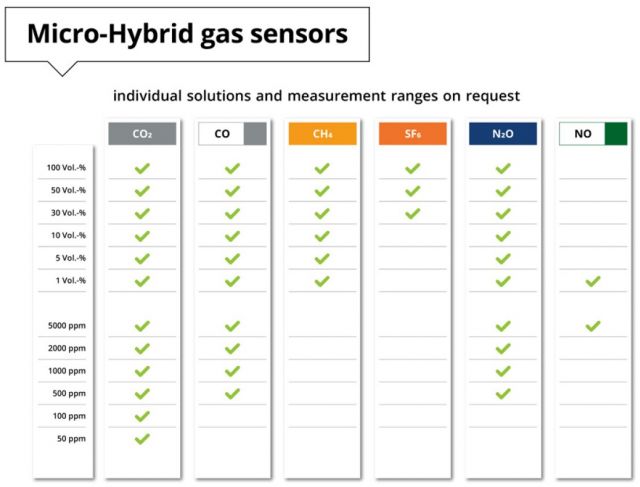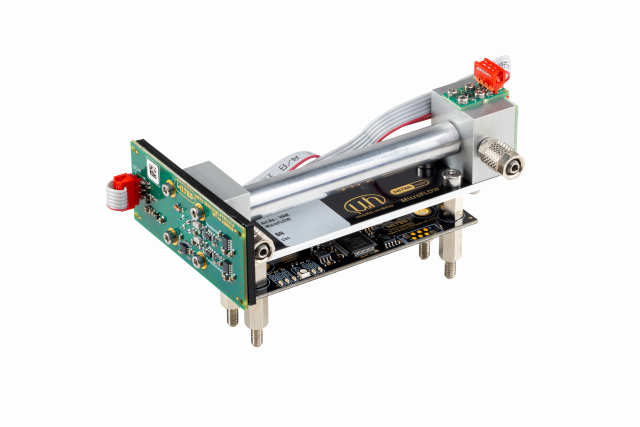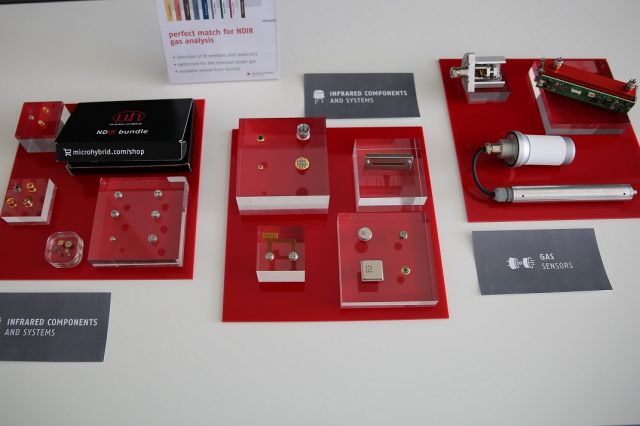
Understanding Gas Sensor Response Time: Why Comparisons Aren’t Easy
A gas sensor's response time refers to how long it takes to detect and report the presence of a gas. However, it is a bit more complicated than that. Response time is typically defined as the time required for a sensor to reach a specific percentage of its final reading after exposure to a target gas. This is often measured as “T90” - the time it takes the sensor to reach 90% of its final value. Some companies use T50 (50%), and T63 (63%) is also a common standard.
The Problem with Comparing Response Times
Although comparing response times is important, it can be challenging. Here's why:
- No Universal Rules:
As mentioned, there is no single standard for measuring response time. One company might use T90, another T50. This could cause users to make invalid comparisons. Even two sensors of the same type can behave differently under similar conditions. - Varying Test Conditions:
Response time is influenced by factors such as gas concentration, temperature, humidity, air pressure, and gas flow rate. Additionally, differences in testing setups, such as the size of the test chamber, can significantly affect the results.
What Happens When a Gas Sensor Detects Gas?
Imagine a gas entering an area monitored by a gas sensor. It takes the sensor a while to notice anything is wrong at all, and to register an initial reaction. Then it takes more time to fully respond and report just how much gas is there (90%, or 63%, or 50% of the total value, for example). Finally, when the gas is eventually gone, it takes more time for the sensor to recover and report that the
gas amount is zero.
- Reaction Time: The time it takes to detect the initial presence of gas.
- Response Time: The time to reach a significant percentage of the final reading.
- Recovery Time: The time for the sensor to return to baseline after the gas is gone.
What Gas Sensor Is Fast Enough for You?

What Gas Sensor Is Fast Enough for You?
Consider the Details: Always try to find out the exact conditions under which the response time was measured.
Test It Yourself: If possible, test the sensors in the actual environment where you plan to use them.
Focus on Your Specific Purpose: When comparing sensors, think about what is most important for your use case, rather than just looking at a single number.
Get Advice from the Experts: Speak with qualified specialists and find out what is best for your specific needs and applications.
Micro-Hybrid Gas Sensor Solutions
It can be difficult to determine whether a sensor is fast enough for your application or to accurately compare different sensor options. Micro-Hybrid has extensive experience in designing and customizing gas sensors to meet each customer’s specific requirements. From initial concept to final implementation, we will support you throughout the entire integration and deployment process of Micro-Hybrid gas sensors. We can develop a tailored, cost-effective solution optimized for your needs. Contact us today to find out how to take your gas measurements into new spaces.

Global presence. Local expertise.
With our international Sales and Application Centers, we are close to our customers - wherever they are.
From first contact to technical consultation and after-sales support, our local teams ensure fast response times, in-depth application know-how, and the best service throughout the entire sales process.
Micro-Hybrid Electronic GmbH
Heinrich-Hertz-Str. 8
07629 Hermsdorf | Germany
T +49 36601 592-0
contact@microhybrid.com
Micro-Hybrid Electronic, Inc.
Tech Park Arizona
9030 S. Rita Road,
Suite 122, Tucson, AZ 85747
Qingdao Micro-Hybrid
Electronic Technology CO., Ltd.
92 Chunyang Road, Building 29
Room 1505, Chengyang District


